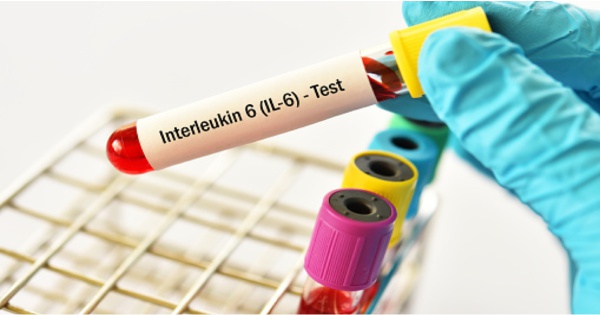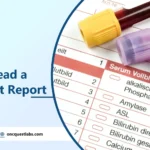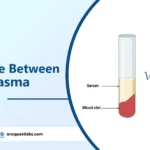Contents
What Is An IL-6 Test?
An IL-6 test is used to scrutinize inflammatory responses of the body. IL-6 is a protein secreted by many body cells like the macrophages, T cells etc. The IL-6 test measures the level of this protein in the blood.
IL-6 belongs to a larger group of proteins called Cytokines. Cytokines signal the different types of cells to do their work. For example, in the case of IL-6, it singles B cells to get activated and increase their antibody response in case of a microbial invasion.
IL-6 has many other functions but the basics include regulating the immune responses. IL-6 thus acts as a marker for inflammation.
What Does The IL-6 Test Measure?
The following conditions can be predicted by measuring IL-6 levels in the blood.
- Inflammatory responses include lupus, sepsis, infections of different kinds and rheumatoid arthritis.
- This test can also be useful in evaluating stroke, diabetes and cardiovascular disorders.
Why Should I Do This Test?
You should take this test to detect early signs of inflammation. Based on the levels of this test, we can measure the severity of infection and inflammation within the body.
Following patients are recommended to take the IL-6 test:
.
- Patients with symptoms of any systemic infections.
- Patients experiencing any kind of chronic inflammation. This could be due to rheumatic arthritis, inflammatory bowel disease or systemic lupus erythematosus (SLE).
- Patients with localized inflammatory diseases like sepsis.
- Diabetes, stroke or cardiovascular diseases can also be predicted by measuring IL-6 levels in the blood.
- Patients suspected to have autoimmune diseases.
- Recently, IL-6 has also been used as an inflammatory marker for severe Covid19 patients.
How Is The IL-6 Test Done?
The method used to do this test is called Electrochemiluminescence. The reference value for the test is <1.8 pg/mL.
This test is done by collecting some blood samples from the vein of a person. This collected sample is put in a test tube containing EDTA. The EDTA inhibits the coagulation of blood so that we can collect the plasma easily.
The blood is immediately centrifuged to collect the plasma. This centrifugation must be done within 30 minutes of the collection of the blood sample. The plasma obtained is then refrigerated within 24 hours and then tested for IL-6 levels.
How Often Do You Need This Test?
The most common test recommended by doctors for inflammation is the CRP test (C reactive protein test). The IL-6 test is not done commonly.
It is ordered to be done in addition to a CRP test in response to the above-mentioned inflammatory conditions. IL-6 has more diagnostic accuracy than the CRP test.
Recently, the IL-6 test is being used increasingly to measure the level of immune response in patients with COVID19.
Disclaimer:
This blog is for informational purposes only and should not be construed as advice or as a substitute for consulting a physician. It is not a substitute for medical advice or treatment from a healthcare professional.
Sources





